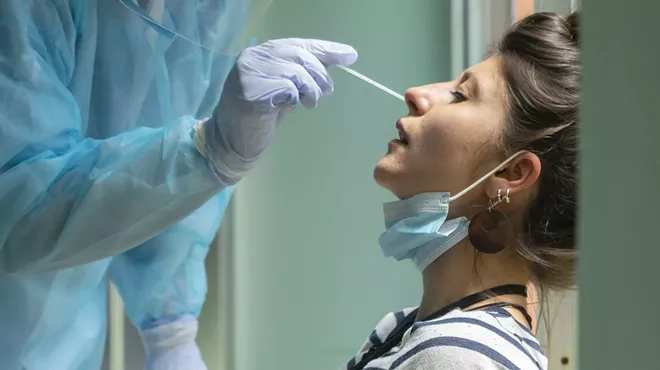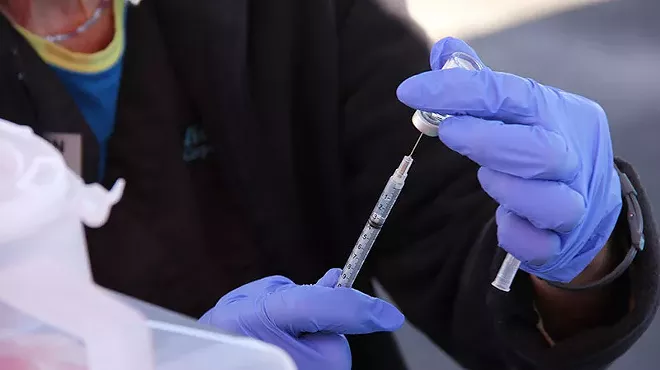Wednesday, August 17, 2011
Heading to the South Pole...on Mars!
Thanks to our friends over at University of Arizona's HiRISE, we have this unique glimpse from the Southern Polar region on Mars. Those cracks pictured below are channels located underneath layered deposits. Nicole Baugh from HiRISE tells us that "the regularity of these features may suggest something about the thickness of ground ice deep below the surface."

More from Baugh:
A series of regularly-spaced, branching channels is present near the top of this image of multiple exposures of the south polar layered deposits.This image was taken towards the end of summer at the South Pole, so all of the seasonal carbon dioxide frost has disappeared from the surface via sublimation (transition from a solid to a gas). See the color subimage for a closer look at a few of the clusters, each about 300 meters (or 1/5 mile) long.
The sublimation of seasonal carbon dioxide in the Martian polar regions seems to erode connected channels on the underlying surface, as escaping carbon dioxide gas scours the surface beneath the carbon dioxide ice (see this image for some additional information). Such features are fairly common to the south polar region. However, the channel clusters here are unusually even in their spacing. The carbon dioxide gas-driven erosion will exploit pre-existing weakness in the underlying surface, so it's possible that these features are following joints or fractures that exist in the layered deposits...Certainly, the features we see at the surface are providing clues to what's going on underneath!
Click here for more on HiRISE.
Tags: UA HiRISE , South Pole on Mars , Branching Channels on South Polar Region , A Forest of Channels on South Polar Regions , Layered Deposits in South Polar region , Nicole Baugh










